No matter what your natural hair color, it’s best to consult a professional colorist to help assess your skin tone and choose your best winter hair color. The right shade ultimately comes down to what makes you feel good. Pick something that you love, and in most cases, your colorist can help you get a version of it. Take care of your color at home. Keep it hydrated, healthy and vibrant with only the highest quality products for colored hair this winter season, like the ones from Davines. All our formulas are free of harmful toxins, use many natural ingredients, and are made with renewable energy and packaging that minimizes the environmental impact. Not sure where to start? Take our hair quiz to see which products work best for your hair! Our hair care isn’t just good for your hair, it’s good for the planet.
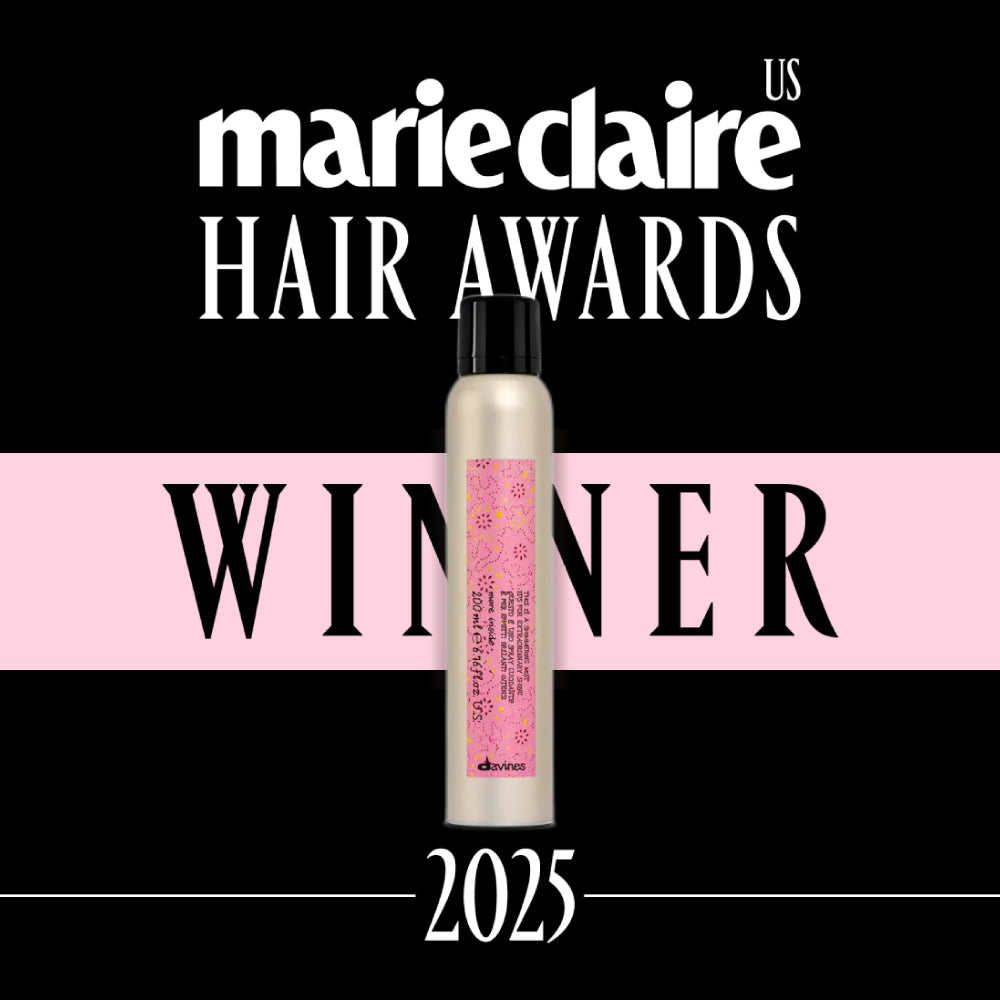

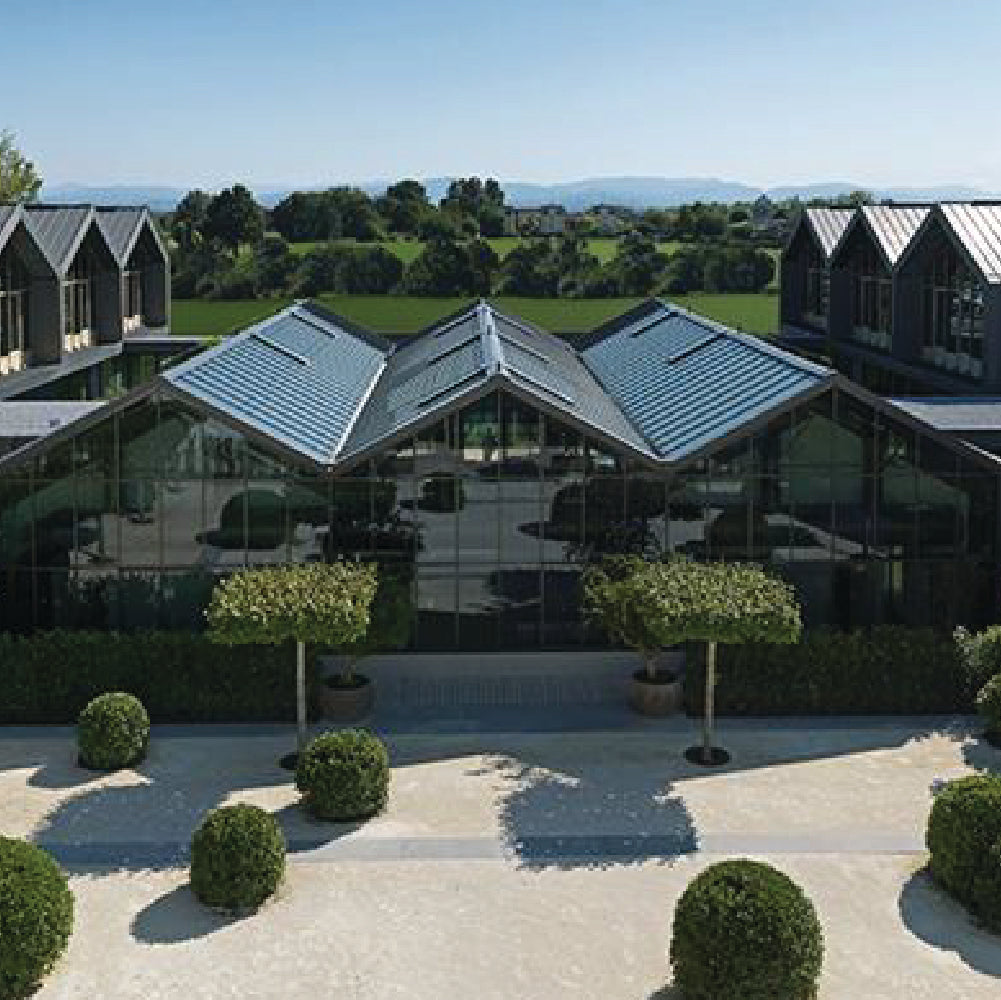
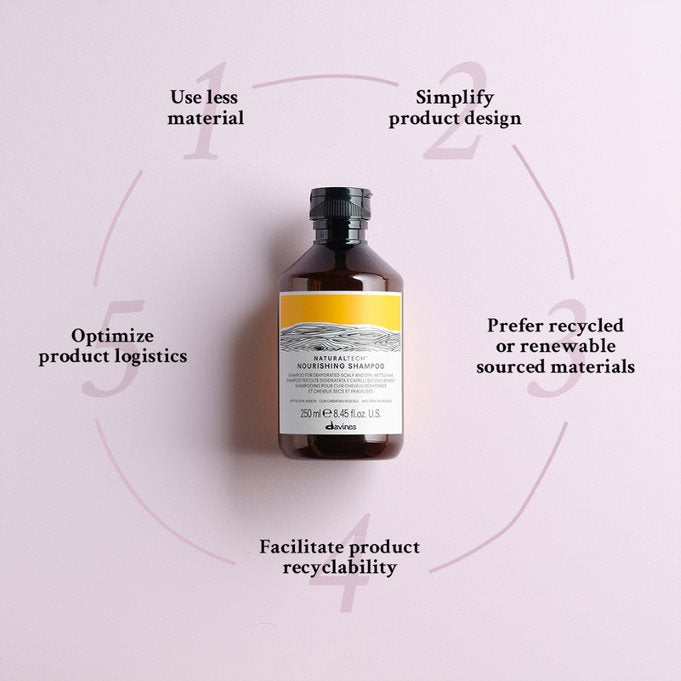
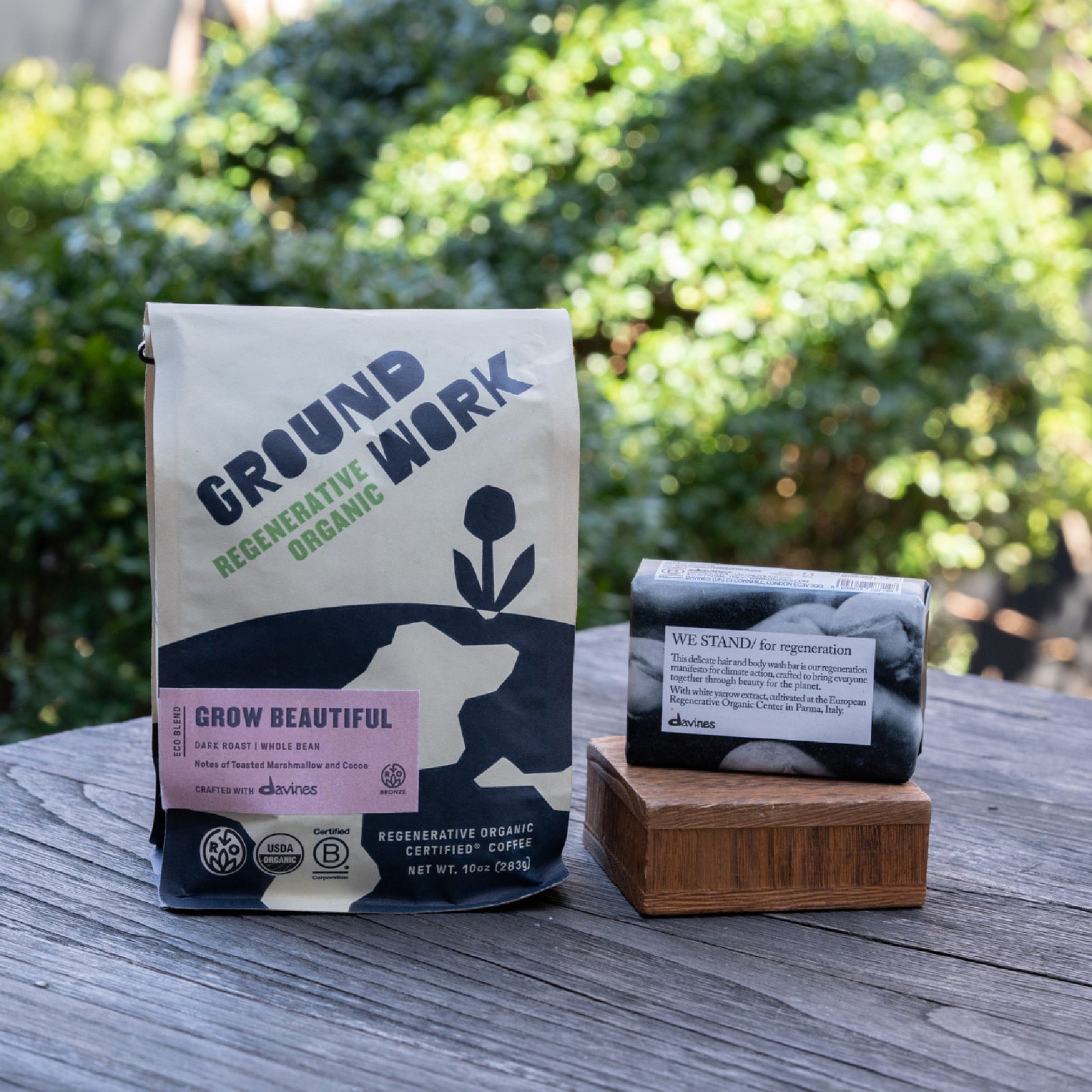
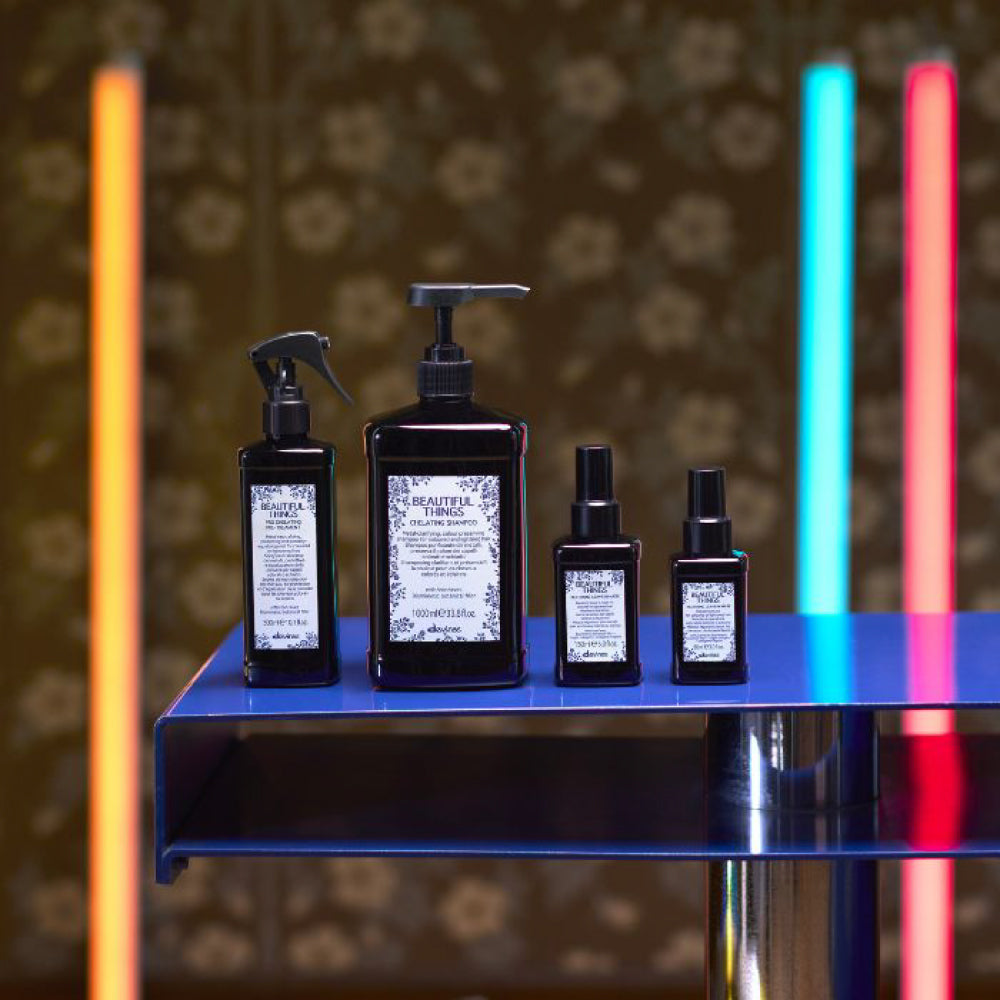
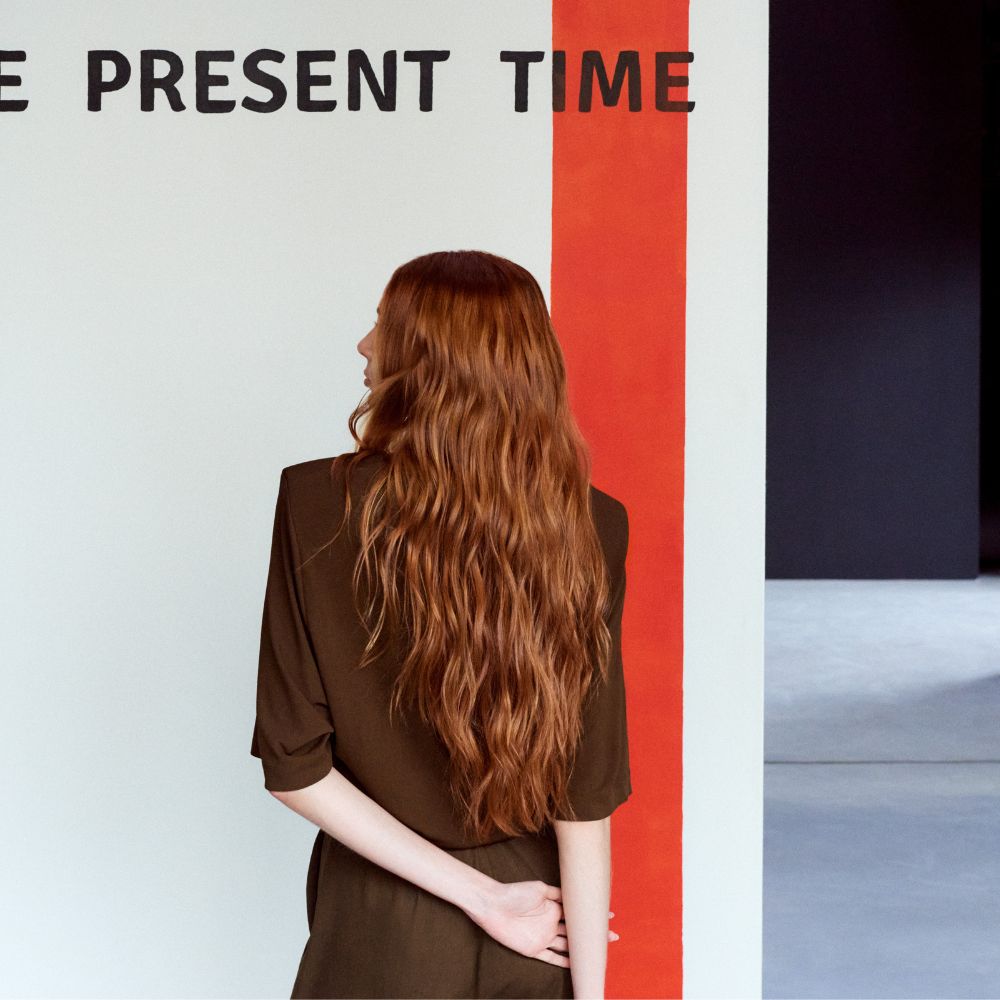
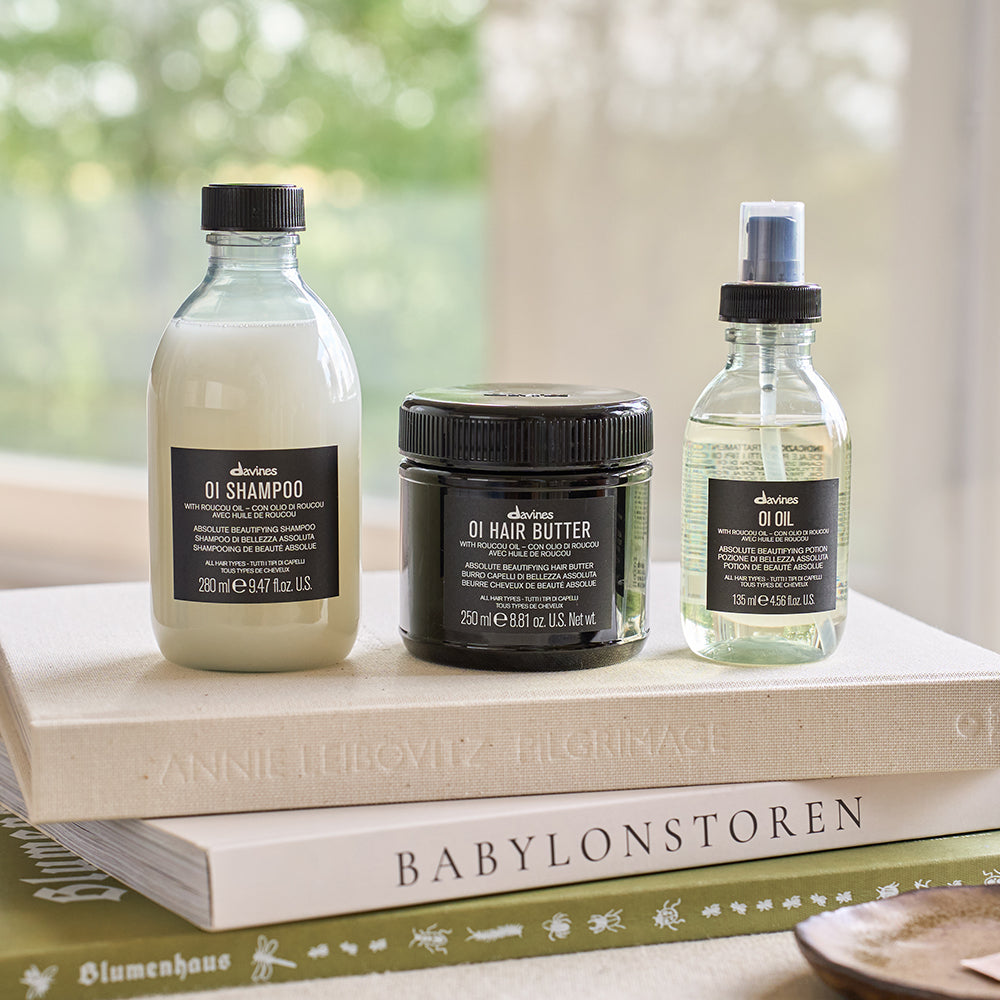
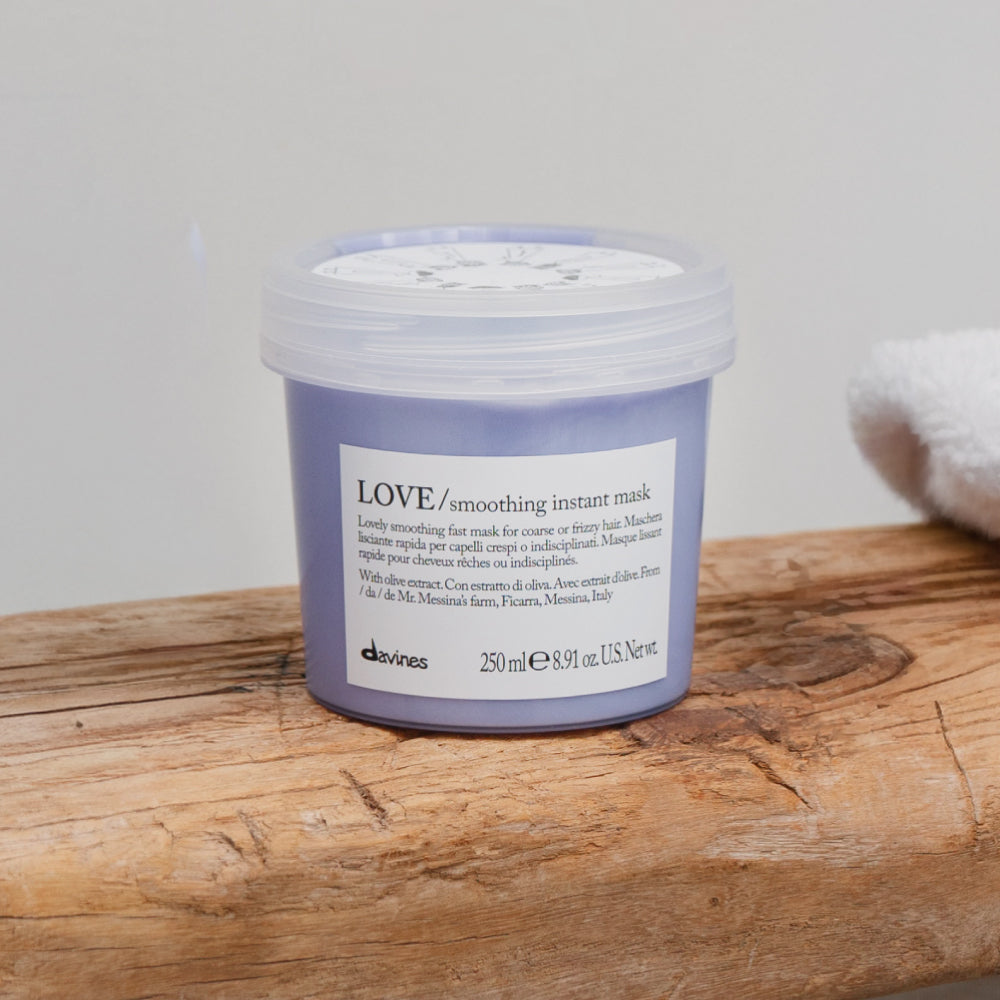
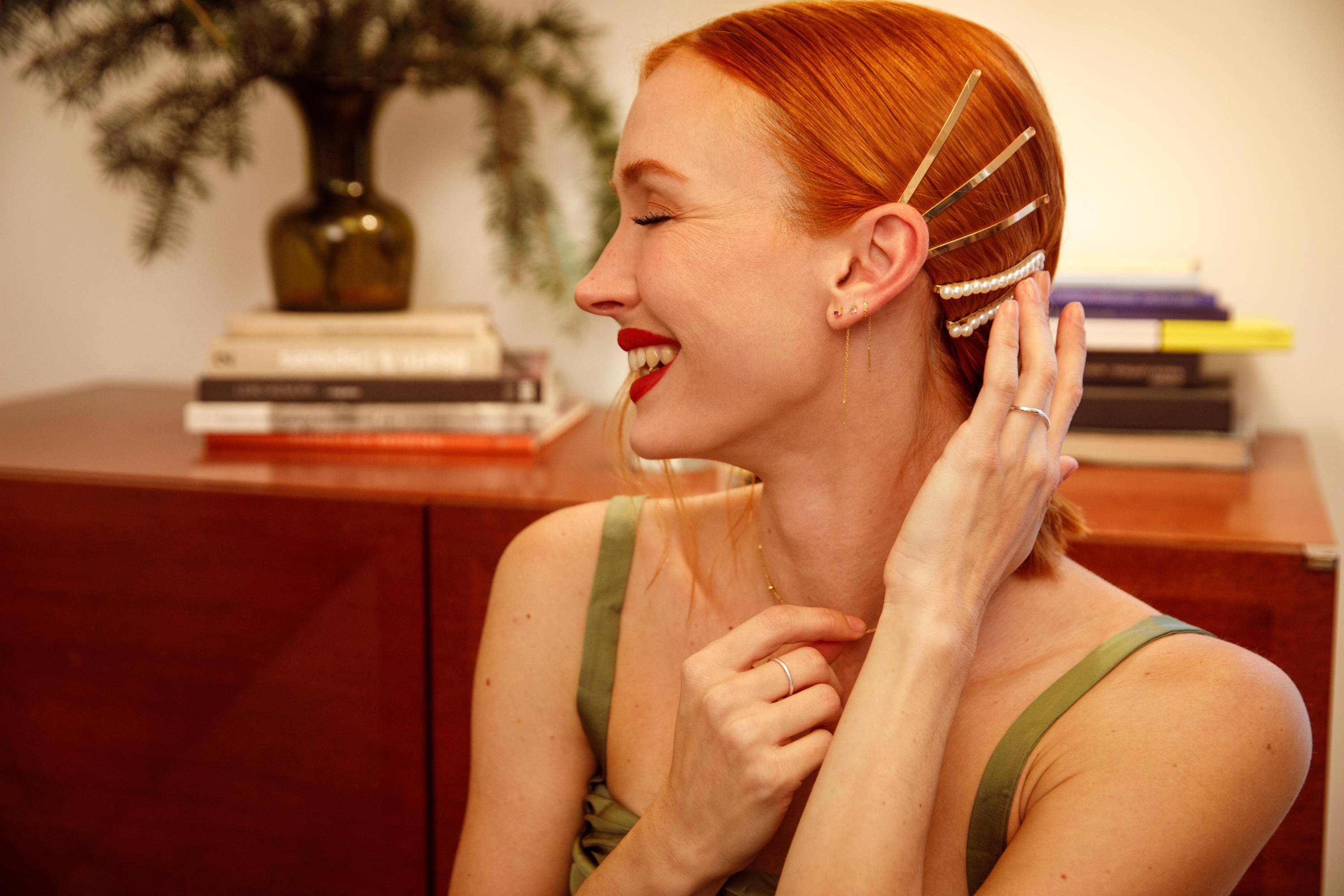
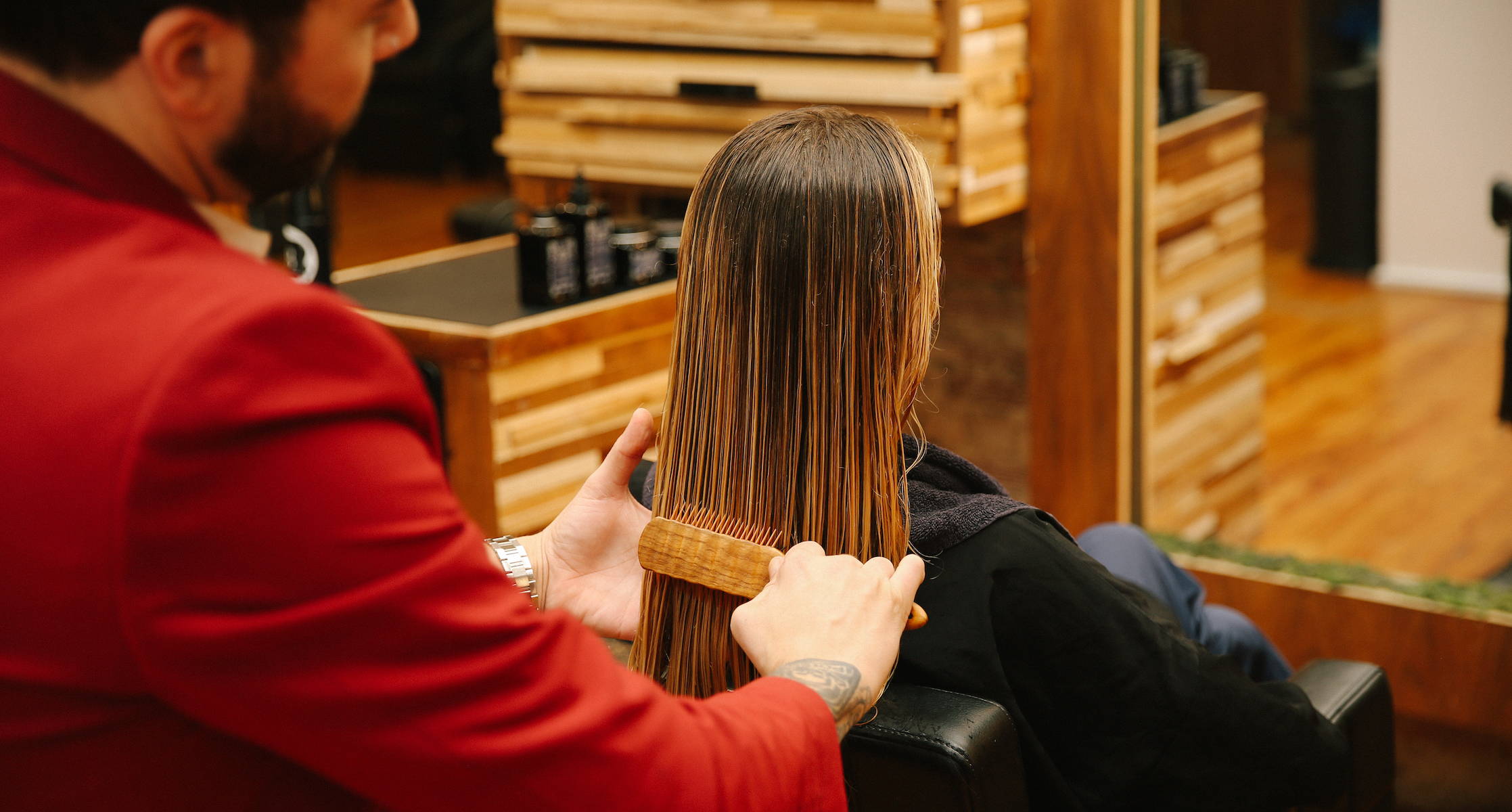
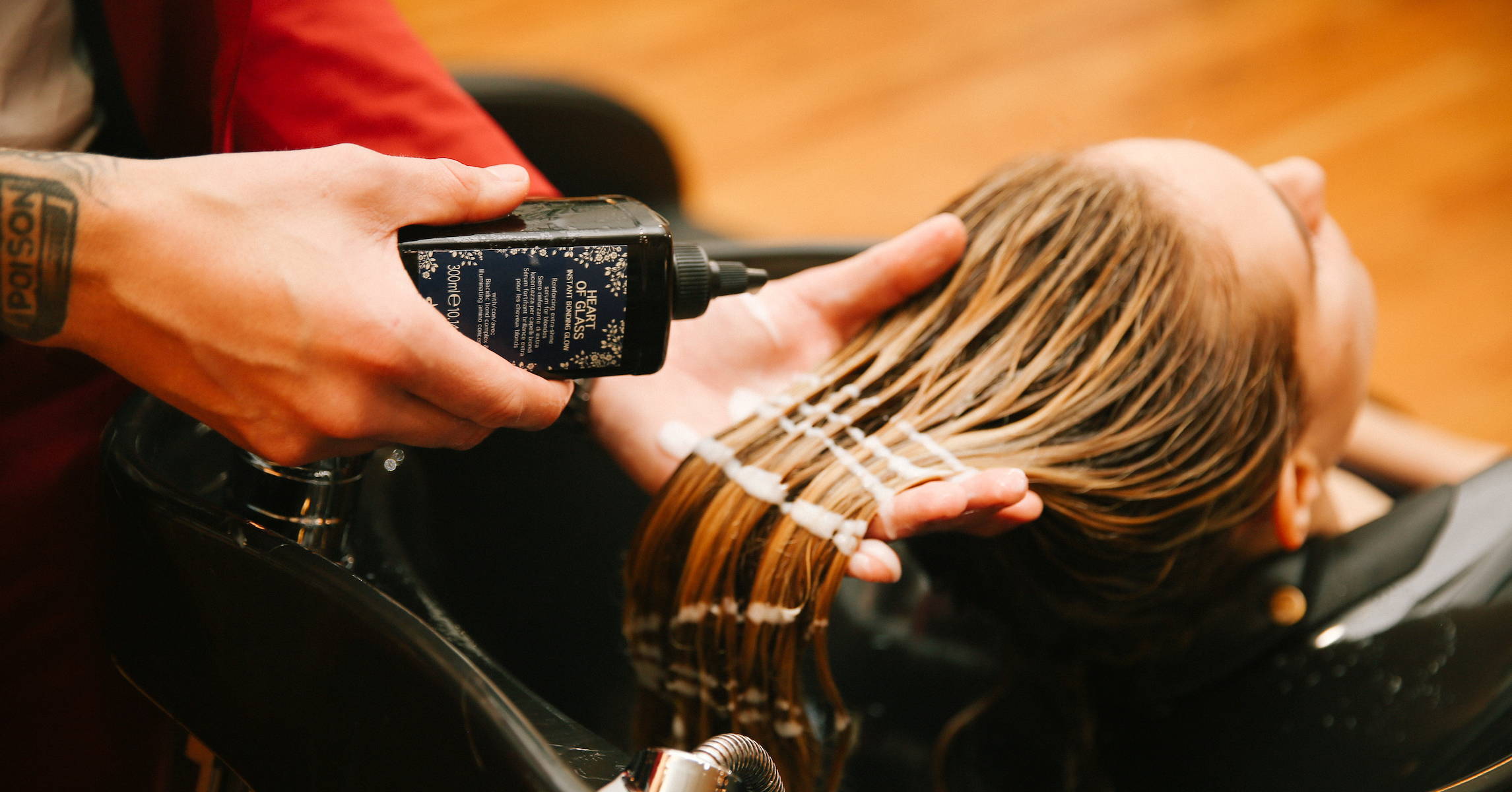
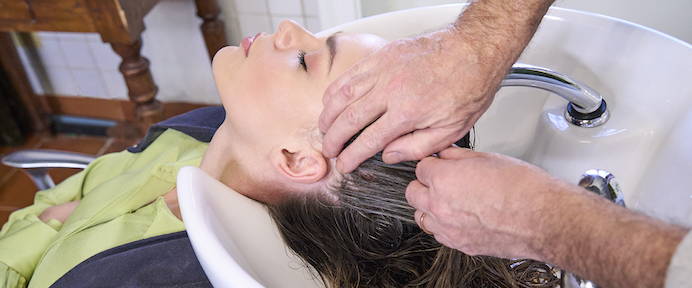

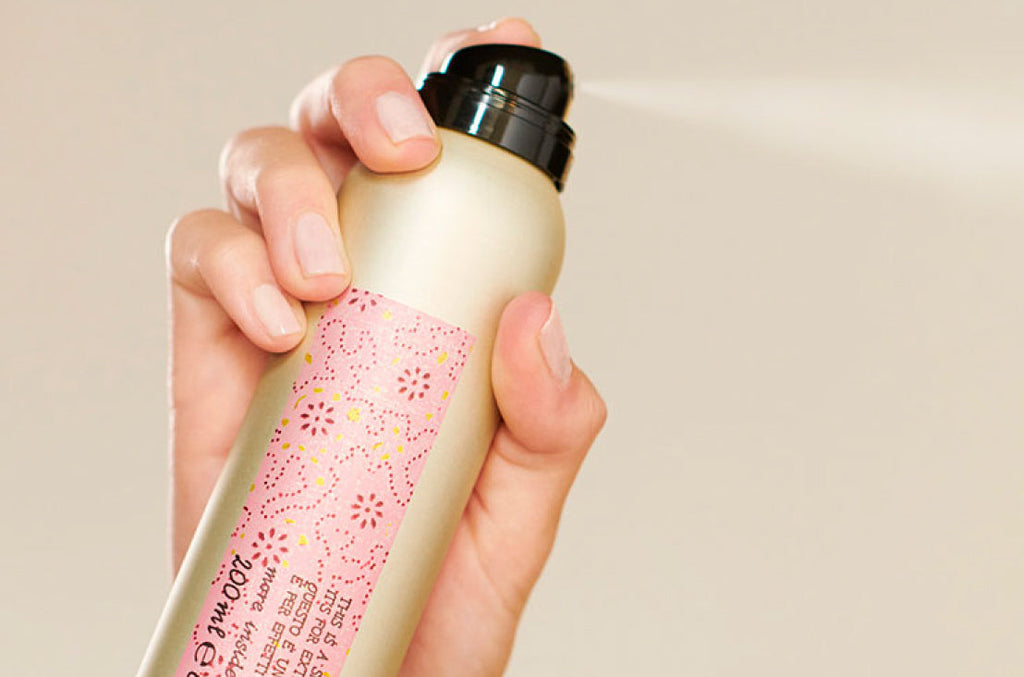
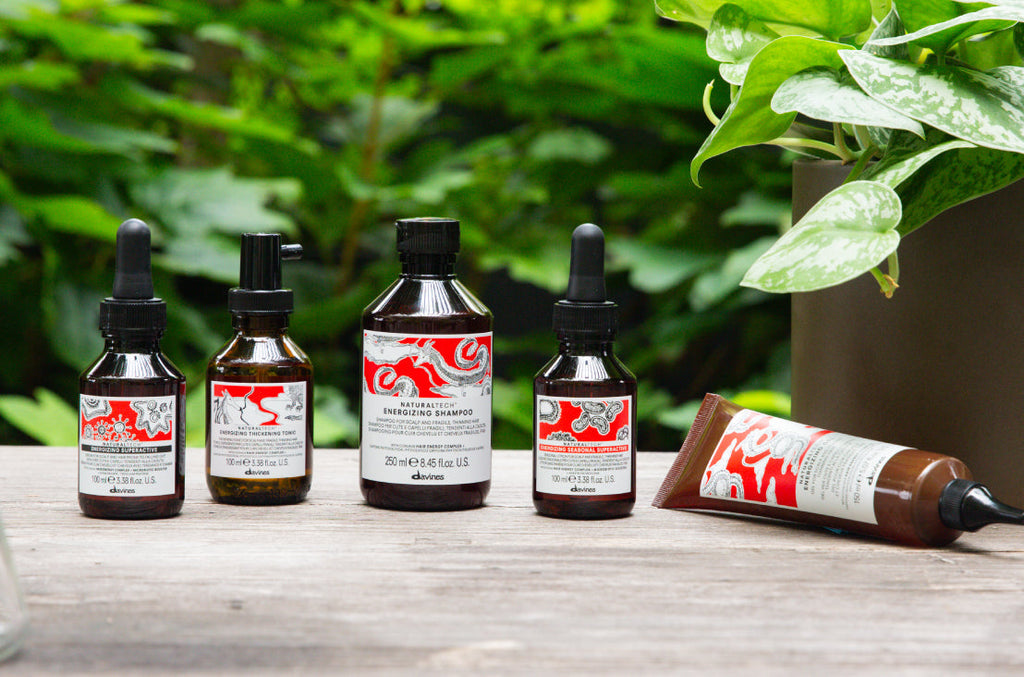
Leave a comment
Comments will be approved before showing up.